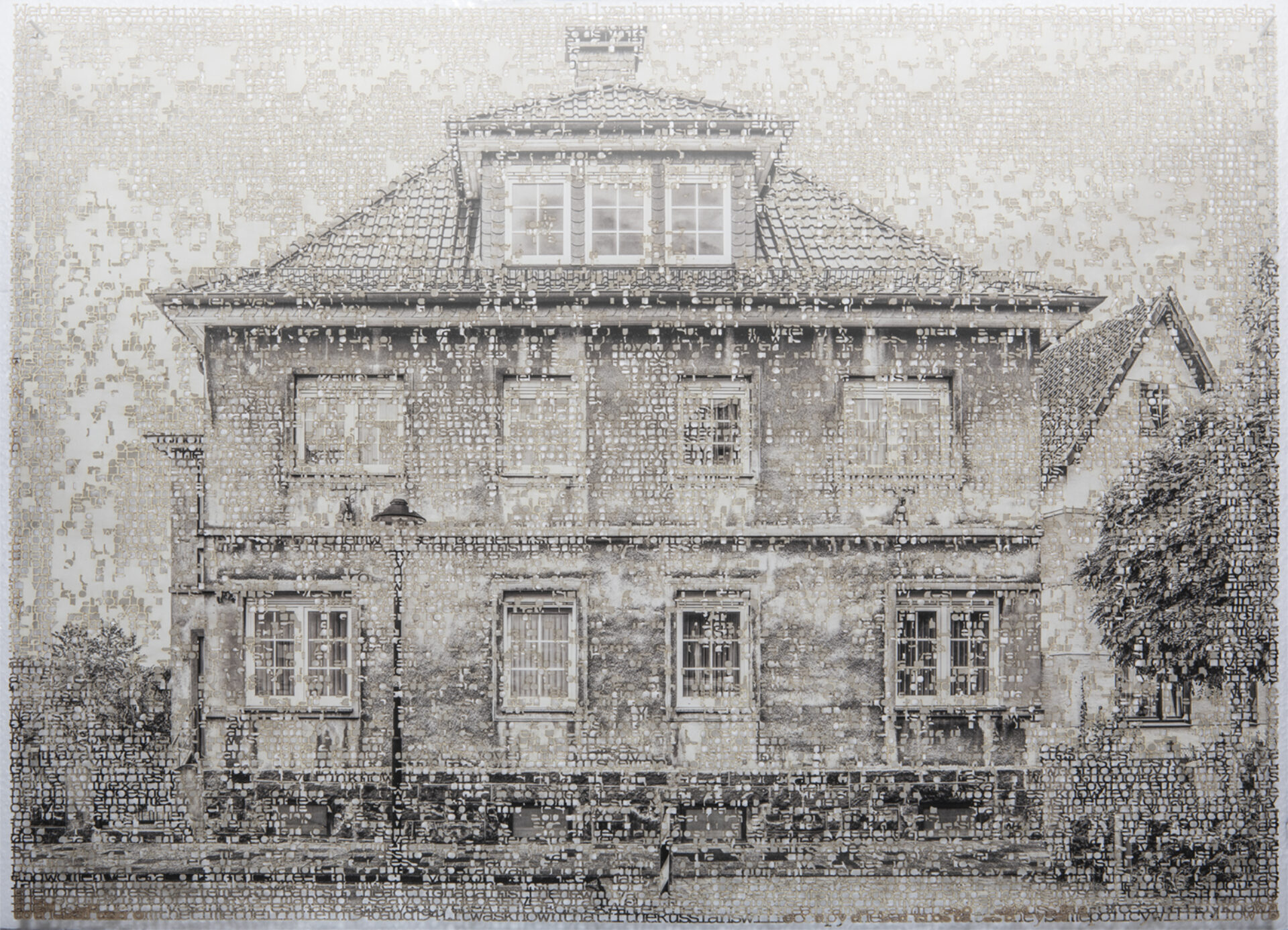steel photo-serigraph on felt
9×9, 2013
aluminum and blacksmith powder
photo-serigraph on mylar
9×9, 2013
aluminum photo-serigraph on felt
9×9, 2013
Aluminum and copper
photo-serigraph on mylar
9×9, 2013
blacksmith powder
photo-serigraph on felt
9×9, 2013
aluminum and blacksmith powder
photo-serigraph on mylar
9×9, 2013
copper photo-serigraph on felt
9×9, 2013
blacksmith powder and copper
photo-serigraph on mylar
9×9, 2013
iron photo-serigraph on mylar, 9×9
2013
blacksmith powder
photo-serigraph on mylar
9×9, 2013
blacksmith powder and copper
photo-serigraph on mylar
9×9, 2013
copper photo-serigraph on mylar
9×9, 2013
Aluminum and copper
photo-serigraph on mylar
9×9, 2013
aluminum photo-serigraph on mylar
9×9, 2013
oxidized copper and iron
photo-serigraph on mylar
9×9, 2013
aluminum photo-serigraph on mylar
9×9, 2013
copper photo-serigraph on mylar
22×22, 2013
glass photo-serigraph on mylar
22×22, 2013
copper photo-serigraph on mylar
9×9, 2013
copper photo-serigraph on mylar
9×9, 2013
Ideas of home and dislocation have always been compelling to me as a child of immigrant parents who arrived in the United States as refugees. Born in the Baltic countries of Latvia and Lithuania, my parents spent many years after the end of the Second World War in displaced-person camps in Germany before they were allowed to emigrate to the United States.
My parents’ childhood memories were of temporary structures, appropriated from other (often military) uses to house tens of thousands of postwar refugees. These buildings no longer exist as homes, if they exist at all. In this body of work I capture the fleeting traces of this prior existence, drawing on historical and current aerial photographs of locations of DP camps throughout Germany, and distilling these images into a series of serigraphs printed on Mylar and felt substrates, using industrial materials such as powdered copper, iron, steel and glass.
The use of aerial images refers to the forced distance of historical memory but also directly to the history of World War II, a conflict that employed extensive aerial warfare and relied on photography to identify strategic targets. Individual civilians, like my parents and their families, were often invisible from overhead. Industrial felt has its own military history, with extensive use in boots, helmets, ammunition, rockets, and aircraft. In the postwar period, Mylar was used as a heat-resistant film for the photographers on nighttime reconnaissance flights.
Starting with the source documents of aerial photography, I’m exploring an increasingly unknowable footprint of humanity. These transitory spaces of mass habitation, demolished and rebuilt over the years, have left only a vague, fragmentary imprint on the earth. The knowledge of their very existence is threatened by the passage of time. The layered prints reflect this obscuring of the past by the present.
My family’s displacement, which I am re-imagining and restoring in these serigraphs, is part of a long history of uprooted peoples for whom the idea of “home” is contingent, in flux, without permanent definition and undermined by political agendas beyond their control.





















